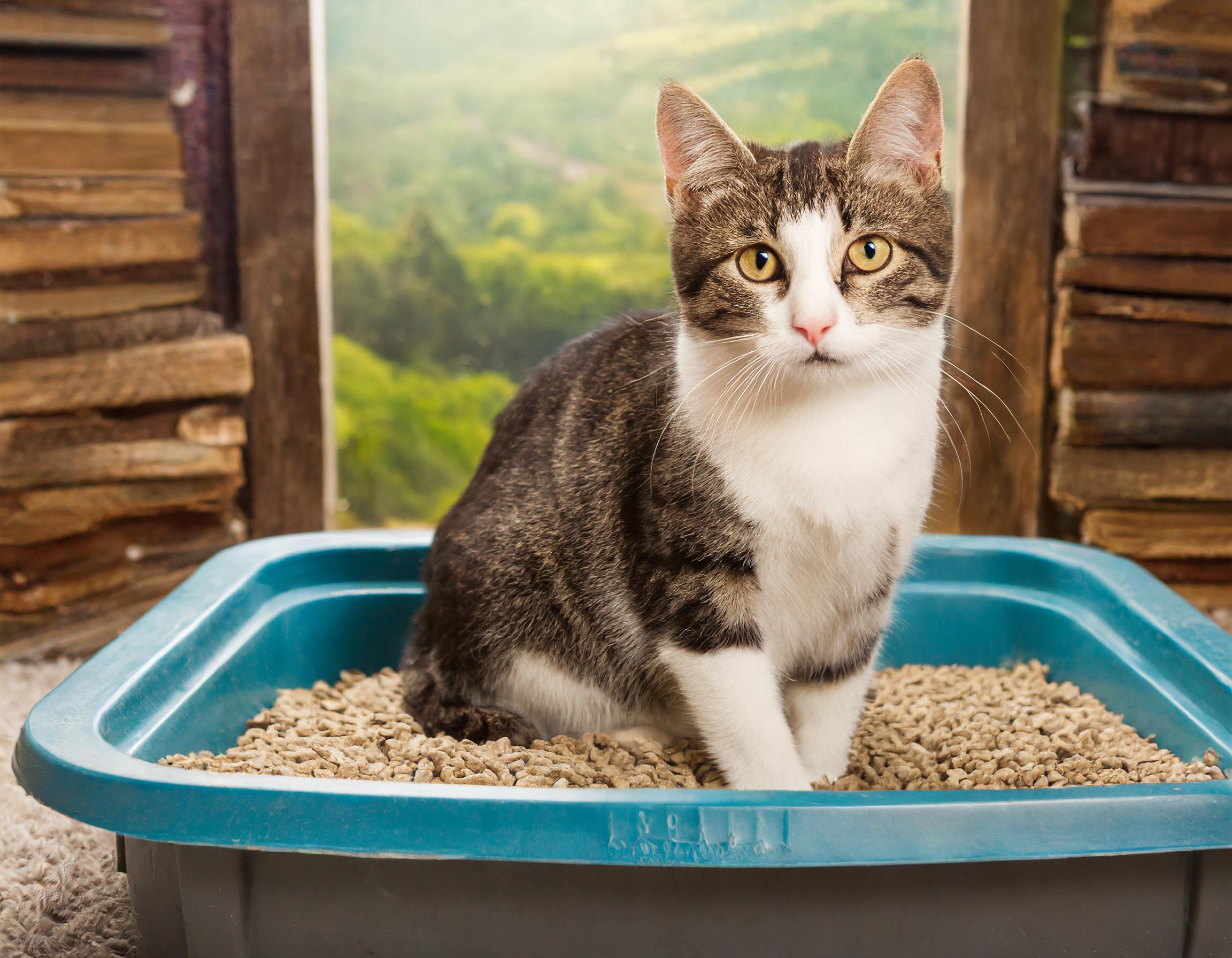Housebreaking, also known as training, plays a crucial role in introducing a new furry friend to your household. Whether you’re bringing home a puppy or an inquisitive kitten, guiding them on where and when to attend to their business is essential for maintaining harmony at home. Fortunately, by being patient, consistent, and employing some strategies, you can simplify the housebreaking process for both canine and feline companions.
Understanding Your Pets’ Needs
Before delving into training methods, it’s crucial to grasp your pets’ instincts and behaviors. Dogs and cats exhibit preferences when it comes to relieving themselves.
For Dogs:
Importance of Routine: Dogs thrive on consistency. Establishing a schedule for meals and bathroom breaks helps them anticipate when it’s time for outdoor trips.
Recognizing Cues: Observe your dog’s actions closely, especially sniffing and circling behaviors. These are indicators that they may need to relieve themselves.
Encouragement through Praise and Treats: Positive reinforcement is essential. Celebrate your dog’s visits with praise and treats to encourage good behavior.
Close Monitoring: Keep an eye on your dog during the initial phases of housebreaking. This method helps you catch accidents as they happen and guide them away from indoors.
For Cats:
Essential Litter Box Tips: Cats are detail-oriented animals. They prefer a litter box. Make sure to have litter boxes placed in spots around the house, especially if you have multiple cats.
Quiet Retreats: Cats value privacy while using the litter box. Position it in a frequented area where they can take care of their needs without disturbance.
Regular Scooping: Clean the litter box daily to uphold cleanliness. Cats tend to avoid a box that is dirty, which may result in accidents outside the designated area.
Entice with Litter: If your cat seems hesitant to use the litter box, consider using a cat attractant or placing some of their waste inside to encourage them to utilize it.
Housebreaking Tips for Dogs:
Crate Training: Utilizing a crate can aid in housebreaking your dog. Dogs naturally avoid soiling their resting space, so use a crate that provides room for them to stand up, turn, and lie down comfortably. Take them outdoors immediately after releasing them from the crate.
Employ Commands: Teach cues like “go” or “do your business” during bathroom outings. Over time, your furry friend will learn to connect these instructions with the act of doing their business.
Setting Up a Designated Potty Area: Choose a spot in your yard where you want your dog to go consistently. Bringing them to this area regularly will help them understand that this is their bathroom spot.
Preventing Accidents: If accidents happen indoors, use a cleaner to eliminate any lingering odors that might attract your dog back to the spot.
Tips for Training Cats on Using the Litter Box:
Attracting with Scents: Cats are drawn to scents like catnip or pheromones. Sprinkle a bit of catnip near the litter box to encourage your cat to use it.
Multiple Litter Boxes: If you have more than one cat, it’s recommended to have one litter box per cat plus an extra one. This ensures each cat has access to a box and helps prevent issues.
Choosing the Right Litter: Experiment with types of litter until you find the one your cat prefers. Some cats may like clumping, non-clumping, or unscented litter.
Practice Patience and Positivity: Stay patient during the housebreaking process with your feline friend. Instead of scolding for accidents, offer encouragement and praise when they use the litter box correctly.
House training can be a fulfilling journey for pet parents and their beloved furry friends. By grasping your pets’ requirements, setting up a schedule, and using proven training methods, you can accomplish the task of housebreaking your dog or cat. Keep in mind to stay patient, maintain consistency, and radiate positivity during the process; before you know it, your pet will excel at training.








